Introduction
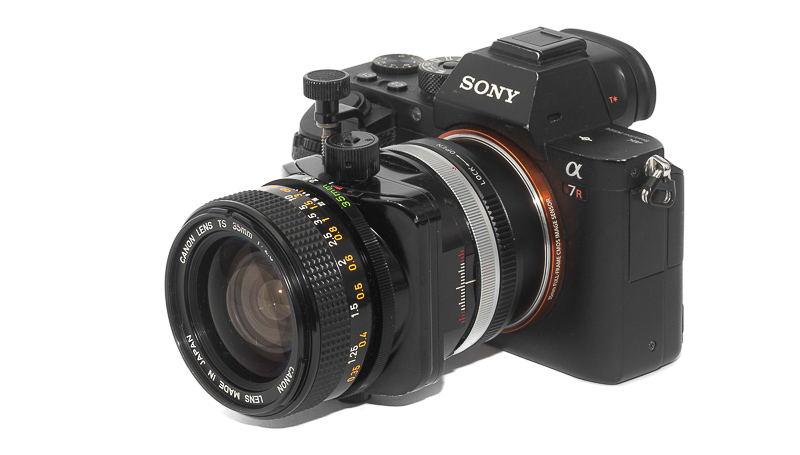
I already reviewed a few of Canon’s TS-E lenses, but this Canon FD 35mm 2.8 TS is something special, as it was the first Tilt/Shift lens for the 35mm format (at least as far as I know and according to Canon’s marketing department).
This lens has first been released in 1973, so we are also celebrating its 50th anniversary with this review.
Sample Images
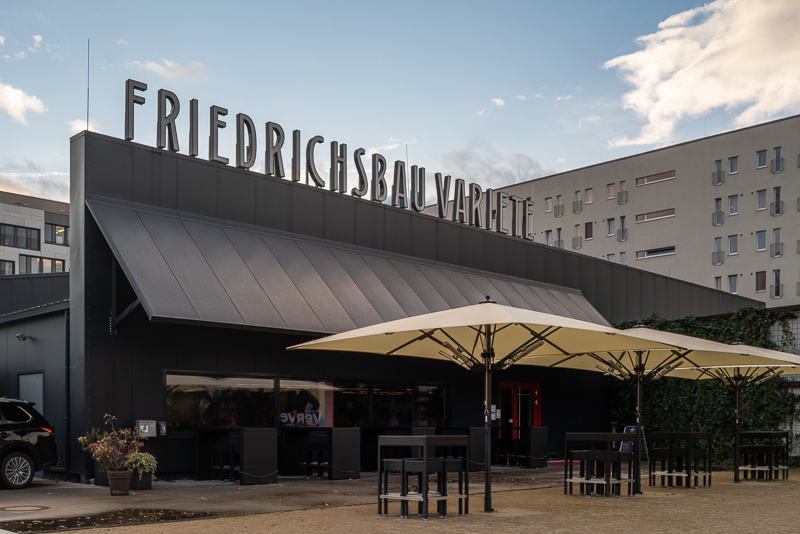
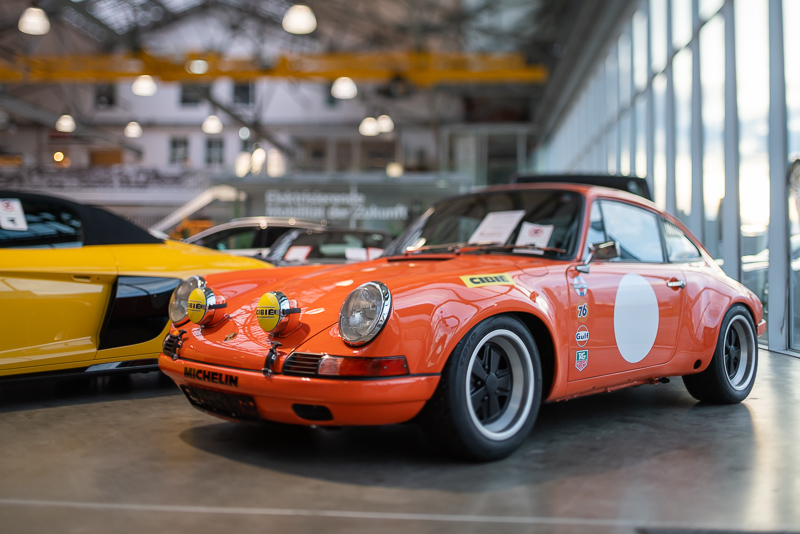
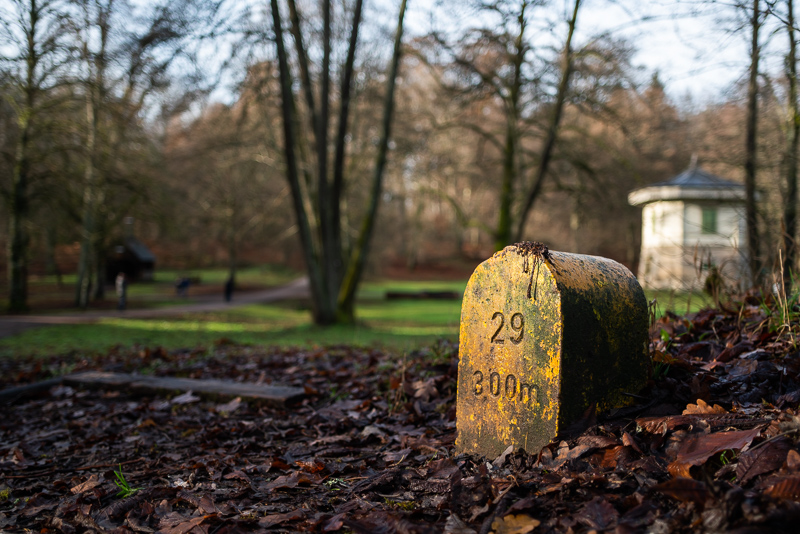
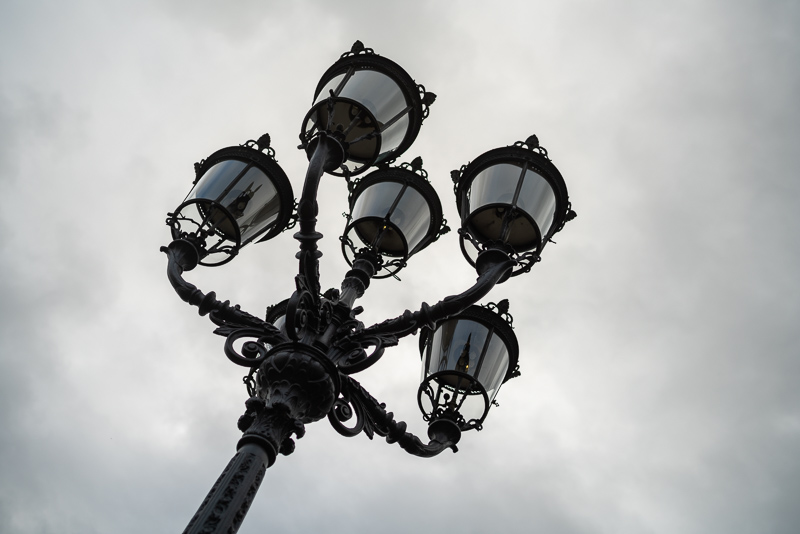
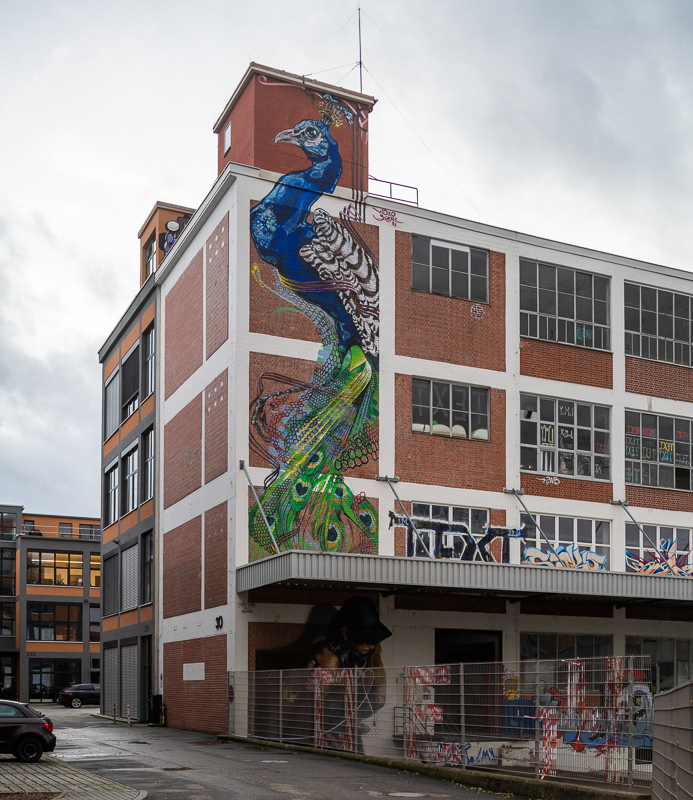
Most of the sample images in this review can be found in full resolution here.
Contents
Disclosure
The Canon FD 35mm 2.8 TS was kindly provided by our reader Olaf Leismann for review purposes.
Specifications
Canon always had the most complete line up when it comes to Tilt/Shift lenses, but interestingly this 35mm was not only the first of Canon’s Tilt/Shift lenses in general it has also never seen a successor. This Canon FD 35mm 2.8 TS has the following specifications:
-
- Diameter: ~67 mm (without shift mechanics)
- Field of view: ~64° (diagonally, unshifted)
- Length: 77 mm (+adapter, without caps)
- Weight: 550g (+adapter, without caps)
- Filter Diameter: 58 mm
- Number of Aperture Blades: 8 (slightly rounded)
- Elements/Groups: 9/8

- Tilt range: ±8°
- Shift range: ±11mm
- Close Focusing Distance: 0.3 m
- Maximum Magnification: 1:5.1 (measured)
- Mount: Canon FD
These days this lens can be found used e.g. on ebay.com/ebay.de starting at $450 (affiliate links)
Handling / Build Quality
Regarding Tilt and Shift and what those can be used for best have a look at my article Working with Tilt/Shift lenses.
Unlike Canon’s newer Tilt/Shift lenses (but similar to the Canon TS-E 45mm 2.8) the 35mm has only one point of rotation close to the mount. You can rotate the lens by 180°, so shift and tilt is both possible in every direction, but you cannot easily set any combination of tilt and shift. The lens ships with the tilt and shift being at a 90° angle to each other. I didn’t check if it is also possible here to modify the lens to have tilt and shift in the same direction, as was the case with the TS-E 24mm 3.5 MKI, TS-E 45mm 2.8 and TS-E 90mm 2.8 Macro.
The focus ring is situated at the front of the lens, runs smooth and without slack and the resistance is very nice. It travels ~160° from the minimum focus distance (0.30m) to infinity. This is very similar to the Canon TS-E 45mm 2.8.
There is one thing to watch out for: the front element rotates on focusing, so watch out when using a polarizer.
The narrow aperture ring is situated behind the focus ring. It features equidistantly spaced full-stop click-stops and travels 90° from f/2.8 to f/22.
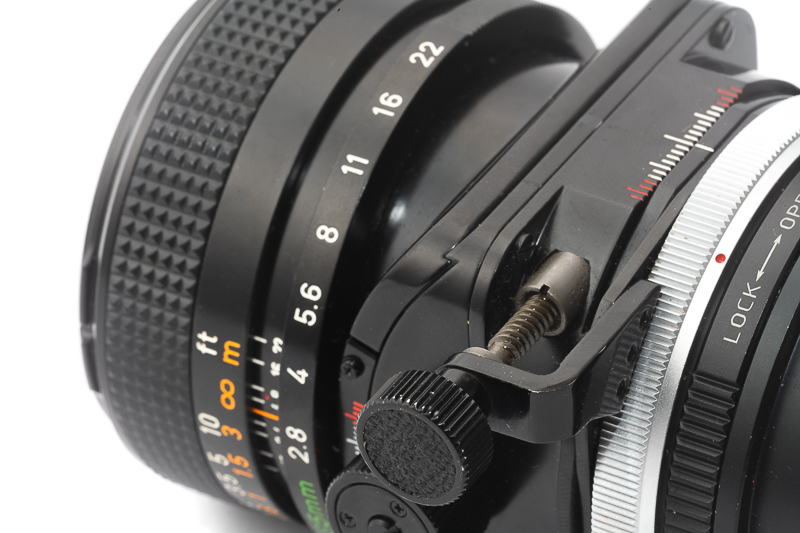
The shift controls are unique among Canon’s Tilt/Shift lenses as there is only one screw to control the shift amount and no locking knob. With rotation of the screw you can shift the lens up to 11mm in both directions.
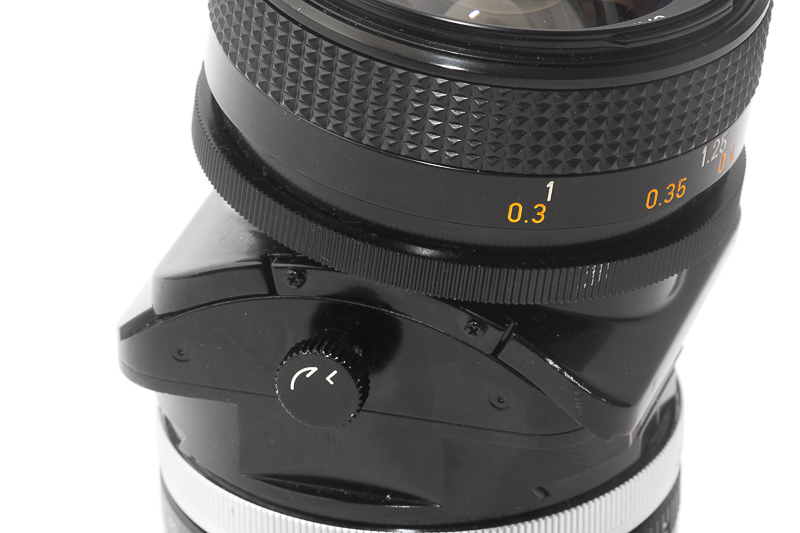
The tilt controls on the other hand are the same as on the newer Canon TS-E lenses: a small locking knob on one side and a knob for rotating the lens on the other side. The lens can be tilted by ±8°.
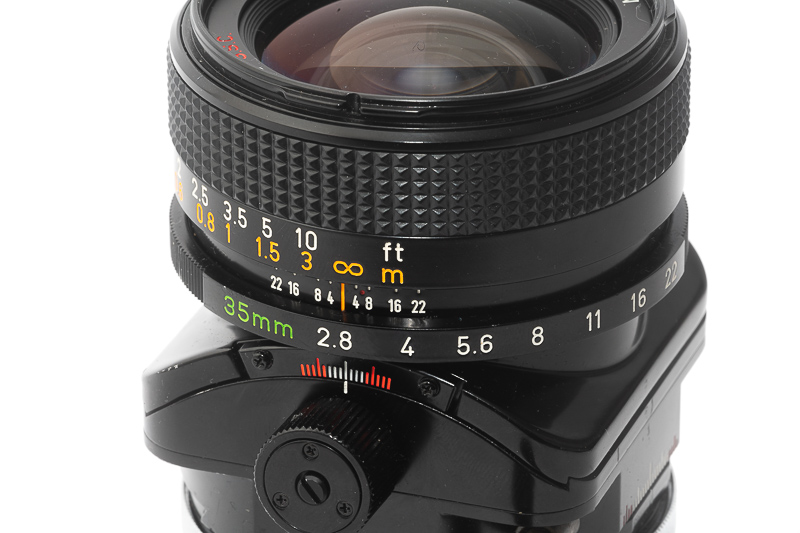
Compared to Canon’s newer TS-E lenses the size of the tilt locking knob is smaller, which makes it a bit fiddlier to operate.
The lens is made from a mix of metal and high quality polycabonate – typical for ist time. All the markings seem to be engraved and filled with paint.
There was an official hood available for this lens, but I received this sample without it, so cannot tell you anything about its usefulness.
Vignetting

When using the the lens centered (unshifted) you are only using the central part of the lens, so vignetting should not really be an issue. Wide open there is noticeable vignetting of roughly 1.6 EV, stopped down to f/4.0 this improves to only 0.8 EV and stopped down to f/11 it is still around 0.7 EV.
These values are almost exactly the same as those of the Canon TS-E 45mm 2.8.
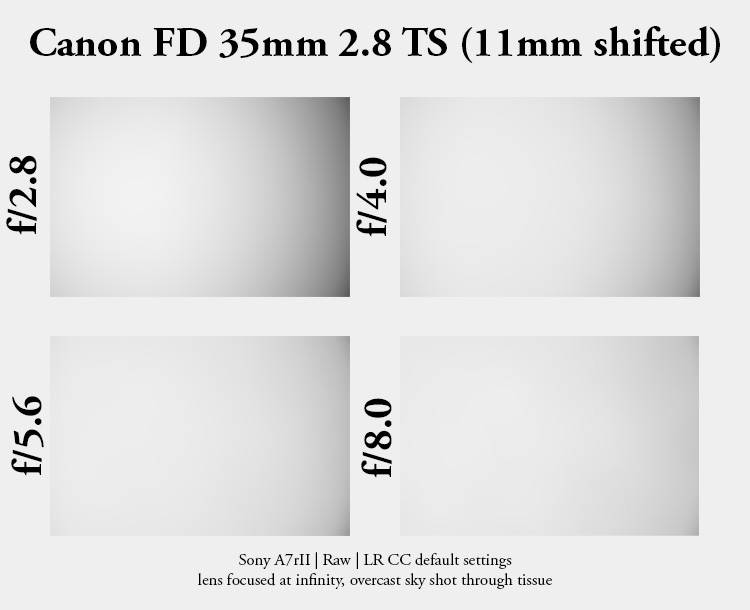
The results in the shifted area are of course quite different. Wide open we are dealing with 3.4 EV in the most extreme corner. Stopped down to f/4.0 this improves to only 2.6 EV and stopped down to f/11 about 1.5 EV remain.
If you want to correct the uneven vignetting I can recommend using gradients in Lightroom.

The software only allows for showing you the unshifted area, as we would expect: vignetting is low here, especially stopped down.
Sharpness
Focus Shift
100% crops, A7rII
With some lenses the plane of optimal focus shifts on stopping down, but this Canon FD 35mm 2.8 TS is not one of those. I couldn’t detect any field relevant focus shift.
infinity (42mp Sony A7rII)
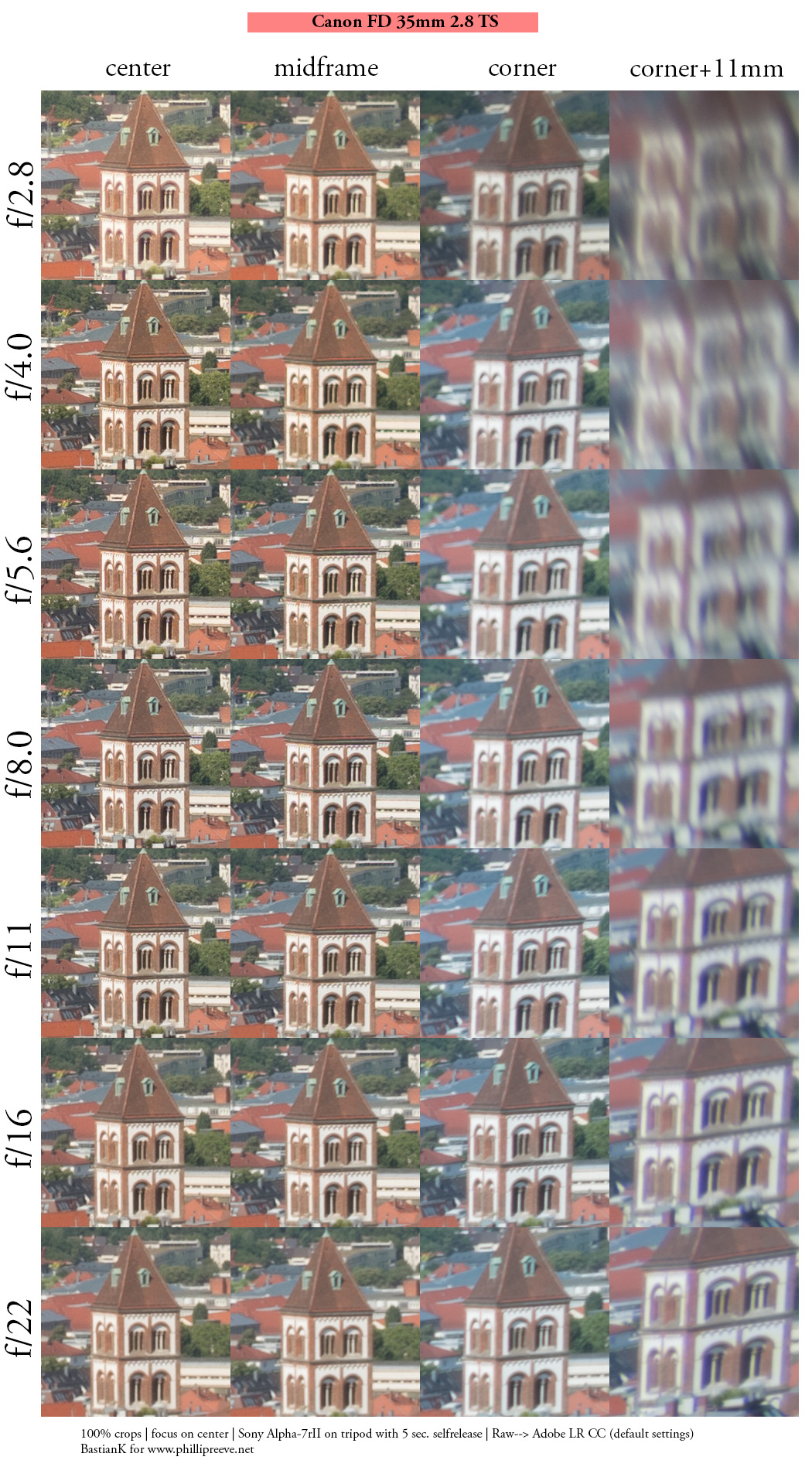
I wasn’t sure what I could expect from a 50 years old 35mm shift lens. In the center and midframe the performance is very good, even at wider apertures, but the full frame corners and the areas beyond are a different story.
Despite its bigger image circle – even stopped down – this Canon FD 35mm 2.8 TS is no match for modern 35mm lenses already in the full frame corners.
I only included f/22 here (where the other parts of the frame already suffer visibly from diffraction) as this is where the extended corners look best.
When taking a shift panorama the field of view is similar to that of a 21mm lens and with today’s high resolution cameras you are probably better off with using one of the modern 21mm lenses for landscape/architecture applications and cropping a bit in post to get the same field of view with significantly less hassle.
close (0.3 m, 1:5.1, 42mp Sony A7rII)
100% crops from center, A7rII
Despite this Canon’s surprisingly short minimum focus distance and high magnification the performance holds up pretty well here. Already wide open the resolution is good over most of the frame, only when looking at the shifted areas stopping the lens down significantly is a good idea.
Not that I know of any application where someone would need the shift function at the minimum focus distance…
100% crops from border fully shifted, A7rII
Flare resistance
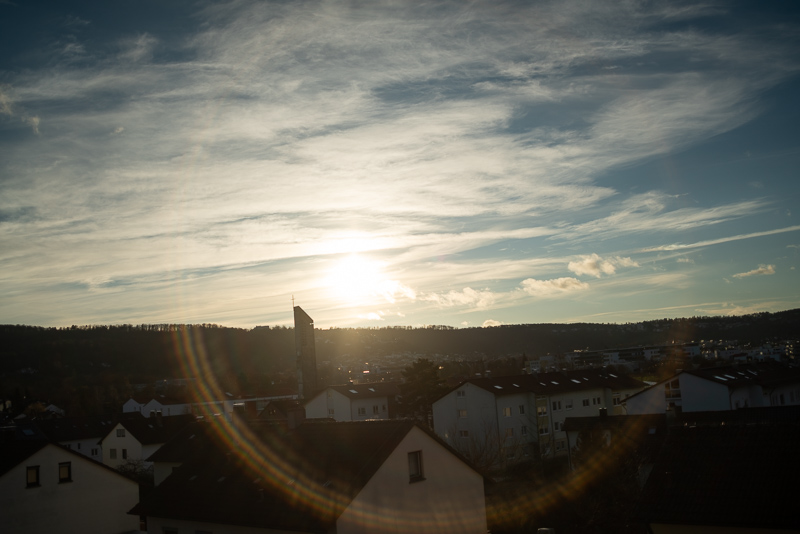
It is obvious that we shouldn’t expect the greatest performance in this category from a 50 years old lens and indeed we can encounter pretty much all the artefacts that exist.
At the maximum aperture with a strong point light source close to the center of the frame we can create a massive ring flare. Luckily this goes away on stopping the lens down.
Stopped down ghosting can be an issue though, and as with most lenses a very strong flare can be created with a light source in the very corner of the frame:
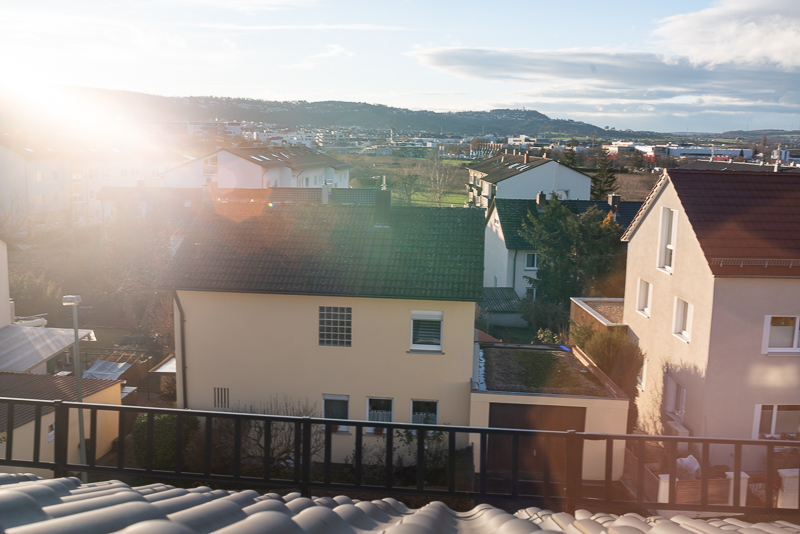
The contrast also generally suffers with strong light sources in or outside the frame.
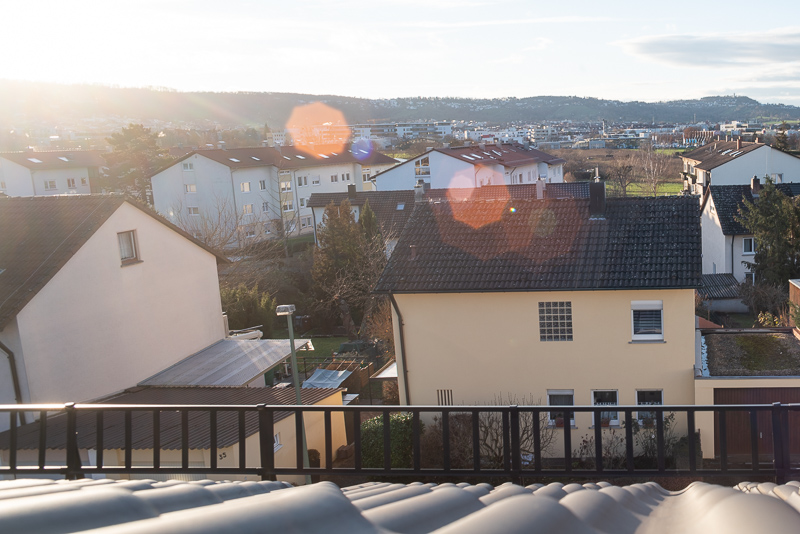
For its time not a bad performance, but simply not up to today’s standards.
Coma
This is an old wide angle design so I didn’t expect great coma performance, but the big image circle helps, so in the unshifted corners only f/2.8 looks bad whereas f/4.0 already looks pretty good.
Now the extreme corners when the lens is fully shifted are a whole different story. At wider apertures these corners are a complete loss, it really takes stopping down to f/11 for somewhat acceptable performance. The Canon TS-E 45mm 2.8 did better here, but then it is an easier to design focal length and two decades younger, so this shouldn’t come as such a big surprise.
Distortion
With Shift lenses distortion is very hard to correct in shifted frames. The TS 35mm 2.8 shows noticeable barrel distortion in the shifted areas that can be become very bothersome with straight lines close to the borders. You may try your luck with the warp function in Photoshop to fully correct it or figure out using this method.
This is what it looks like in an uncorrected picture:
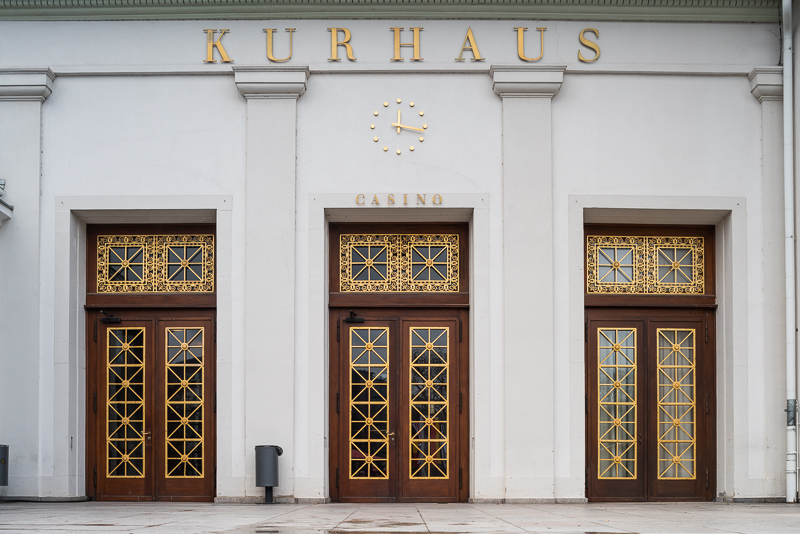
Bokeh
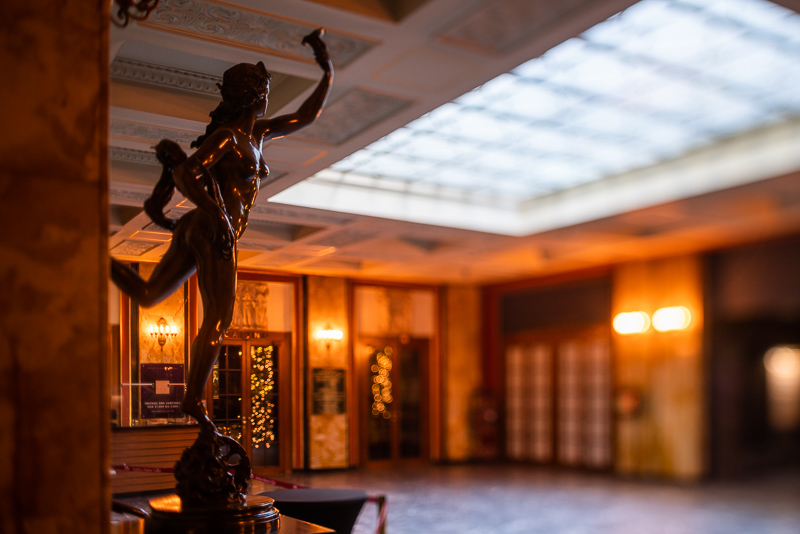
Considering today we can use lenses like the Laowa 35mm 0.95 and the Sigma 35mm 1.2 Art a maximum aperture of f/2.8 at 35mm doesn’t sound too exciting when it comes to bokeh. This is until you take the tilt function into account.
For understanding what you can do with a tilt lens in terms of bokeh I recommend having a look at the bokeh sections of my reviews of the Canon TS-E 45mm 2.8, TTArtisan 50mm 1.4 Tilt and AstrHori 50mm 1.4 Tilt.
One of the things you can only do with a Tilt lens is subject separation for huge things like houses or a whole street:

Creating pictures with a tilted lens can lead to stunning results, but it takes a lot of patience and practice, and more often than not it will just look gimmicky:
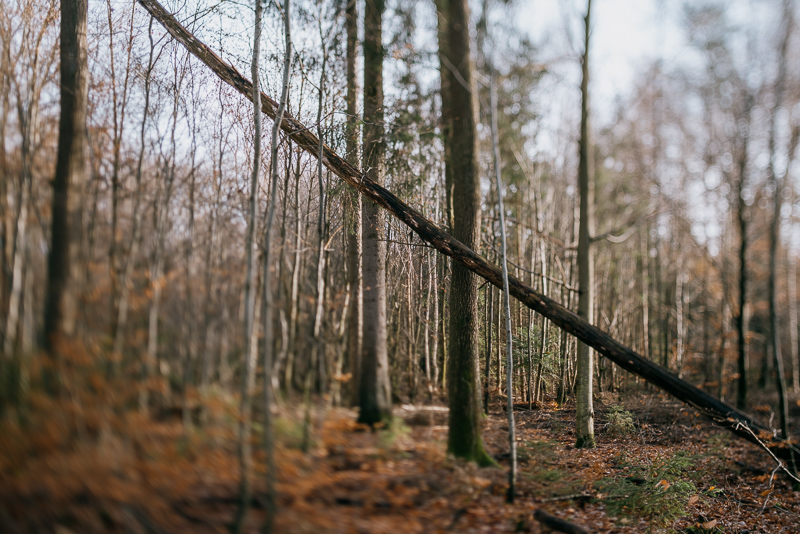
In terms of bokeh quality I don’t see anything special here.
Sunstars
The Canon FD 35mm 2.8 TS uses 8 aperture blades which can yield nicely pointed 8-stroke sunstars, but here – either because these blades are rounded and/or their alignment isn’t perfect – only at f/16 to f/22 you can create nice sunstars.
If you want to know more about sunstar rendering of different lenses have a look at this article.
100% crops from center, A7rII
Chromatic aberration
lateral
Sony A7rII | Canon FD 35mm 2.8 TS | f/8.0 | 100% crops
With normal lenses I don’t really care about lateral CA that much, as they are easily corrected by one click in Lightroom in most cases. Here the situation is different.
With shift lenses this auto correction doesn’t work properly, especially when the CA levels are high and they are really high here.
So trying to use the correction doesn’t work all that well in a shifted frame, as you can see from this example. You can try to further improve the results with a local defringe brush, but this is tedious work I try to avoid whenever possible.
longitudinal
At the maximum aperture some longitudinal CA (magenta in front of and green behind the focal plane) are visible. They are higher than what I would expect from a modern f/2.8 prime, but then in line with what is to be expected from a 50 years old design.
Purple fringing is also present, but not overly pronounced, you really need to look at the files at pixel level to spot this:
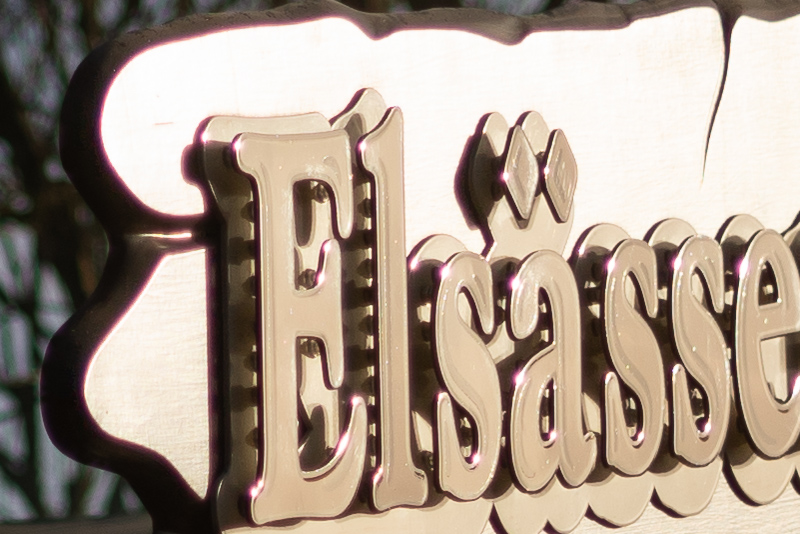
Alternatives
Interestingly there has never been a 35mm Tilt/Shift lens for the 35mm format again, so we will look at the next best alternatives here.
Canon TS-E 45mm 2.8:
This could be considered the successor to the FD 35mm 2.8 TS. It is two decades younger, already features a slightly improved mechanical design and it is of course an EF lens with electronic contacts to communicate with your camera.
Ignoring the difference in focal length the newer 45mm is the better performer in most categories – not a big surprise.
buy from amazon.com/amazon.de or B&H for $1399 (new) or ebay.com/ebay.de for $500 (used) (affiliate links)
Nikon PC-E 45mm 2.8D ED N:
This is even a bit younger than the aforementioned Canon lens so might also be better in terms of optics and especially flare resistance. Problem is that you need an adapter to control the electronic aperture mechanism and one reader told me the PC-E lenses don’t work too well with that one Commlite adapter that is ought to be able to control the electronic aperture. Therefore not a good choice on a Sony camera.
buy from ebay.com / amazon.com / B&H (affiliate links)
Hartblei 40mm 4.0:
I know too little about this lens, but considering its size and price I don’t actually see it as a real alternative. It his however the closest alternative in terms of focal length available.
Conclusion
good
|
average
|
not good
|
When the Canon FD 35mm 2.8 TS had been released in 1973 it must have been a revelation for 35mm shooters: the capabilities of a view camera in a very compact package. In the field of architecture photography this significantly expanded what is actually possible with the 35mm format.
Now we fast forward to 2023. I think it is safe to say that Tilt/Shift lenses didn’t exactly gain a lot of popularity and have always been – and still are – niche lenses. Now in the digital age with focus stacking and easy to perform correction of converging verticals they are actually less needed than ever.
Keeping that in mind I see very little incentive to use this lens on a modern digital camera. You can create higher resolution pictures when using a wider modern lens and cropping as well as adding perspective corrections in post. But the subpar resolution in the shifted areas is not the only problem here.
Flare resistance – probably decent for its time, but nothing to write home about today – as well as distortion and lateral CA – both too high and a pain to correct in shifted frames – also leave a lot to be desired.
Where does this leave us? I think the Canon FD 35mm 2.8 TS is more of a collector’s item these days. Some of the old fast portrait lenses still hold some esthetic appeal today – at least to some people – because they can help to create a certain type of look that might not be easily achievable with a modern lens.
But when it comes to architecture photography I don’t see any benefit using an old lens with the issues described above.
These days this lens can be found used e.g. on ebay.com/ebay.de starting at $450 (affiliate links)
Sample Images
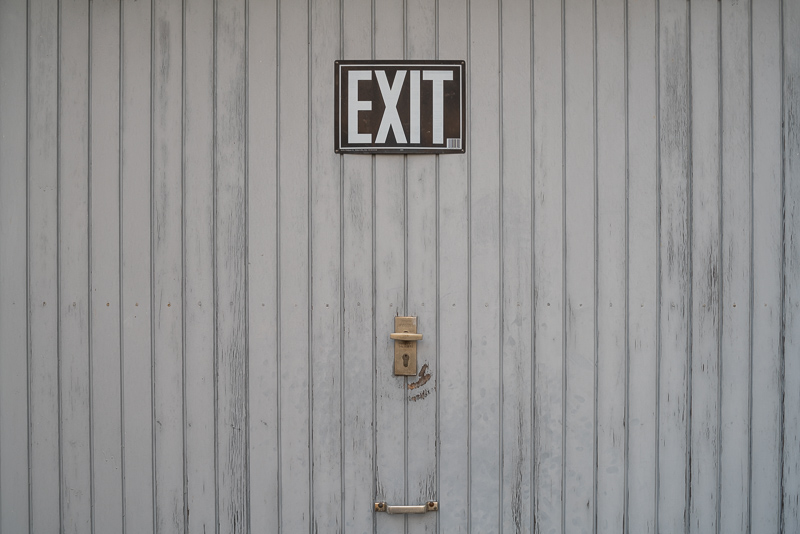
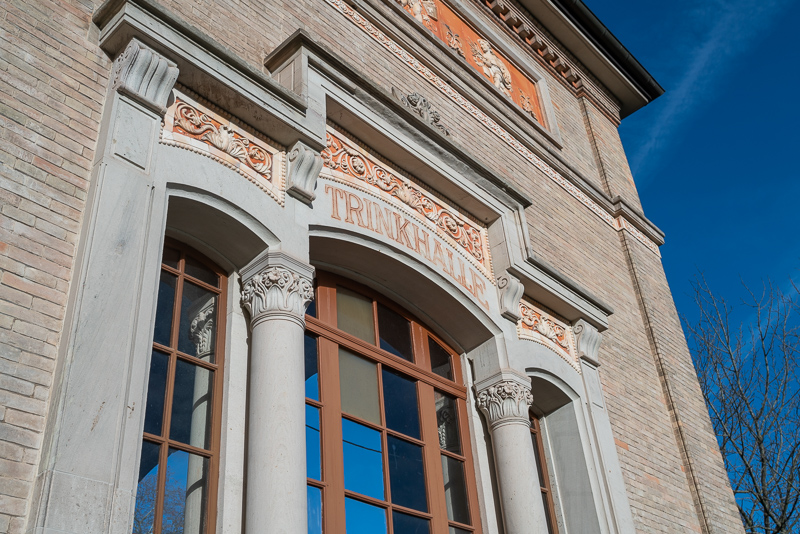
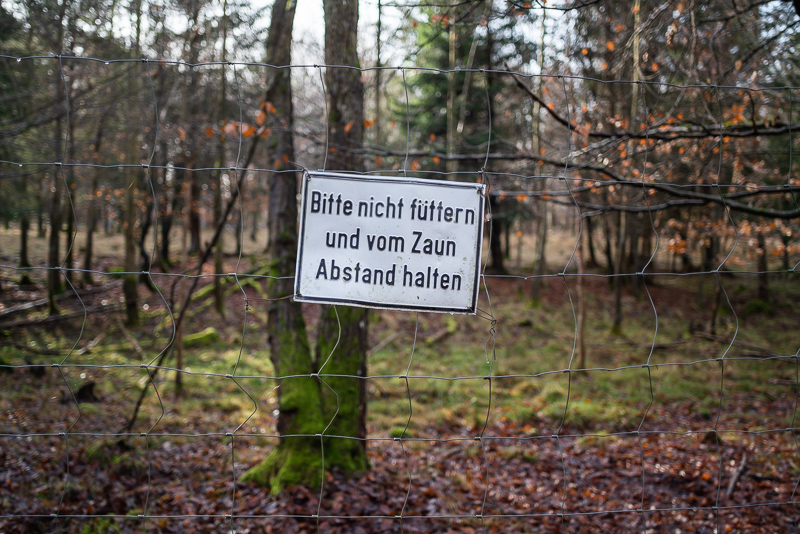
Shift


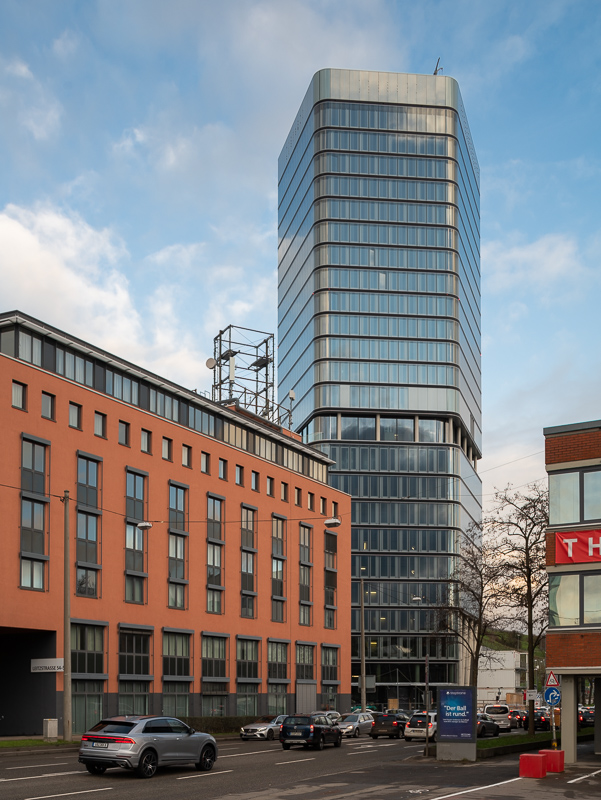
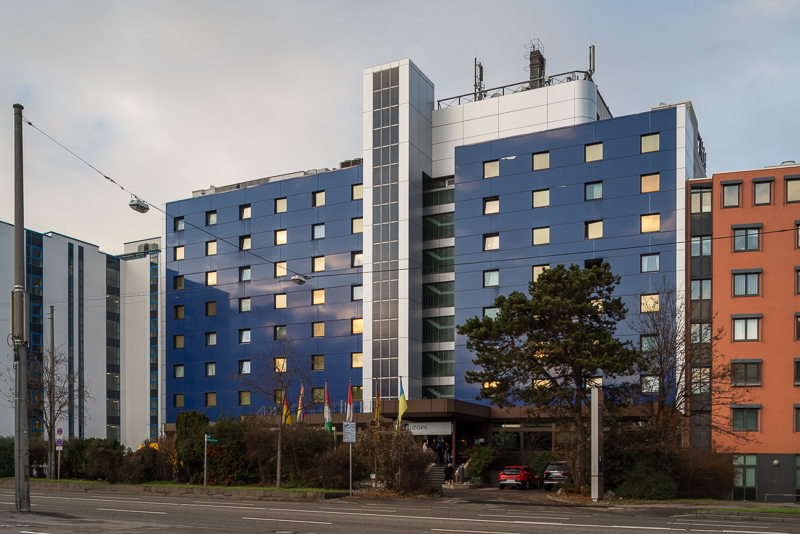
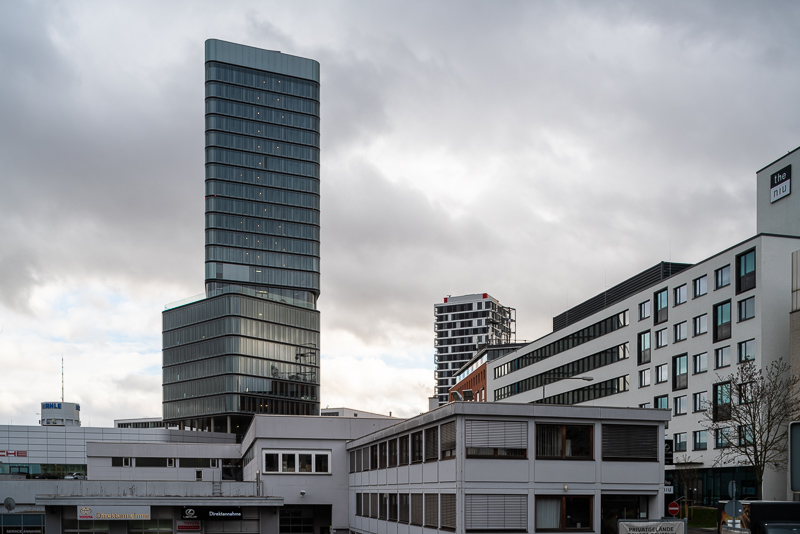
Tilt
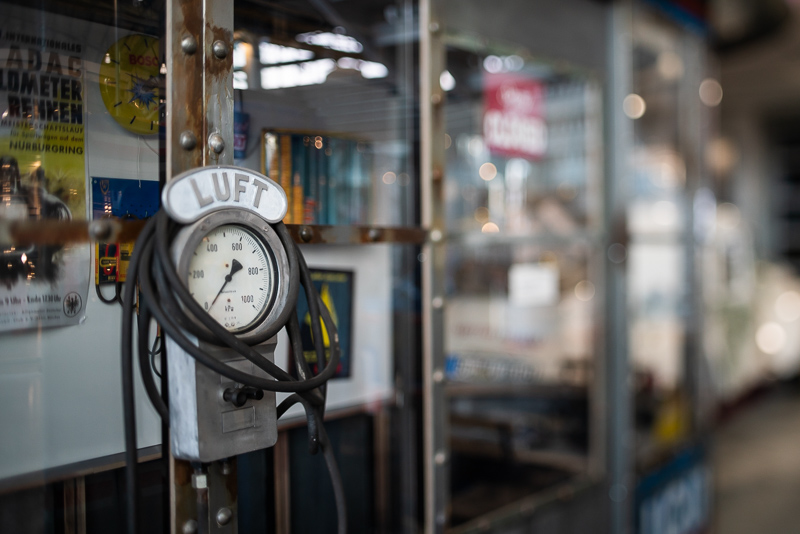
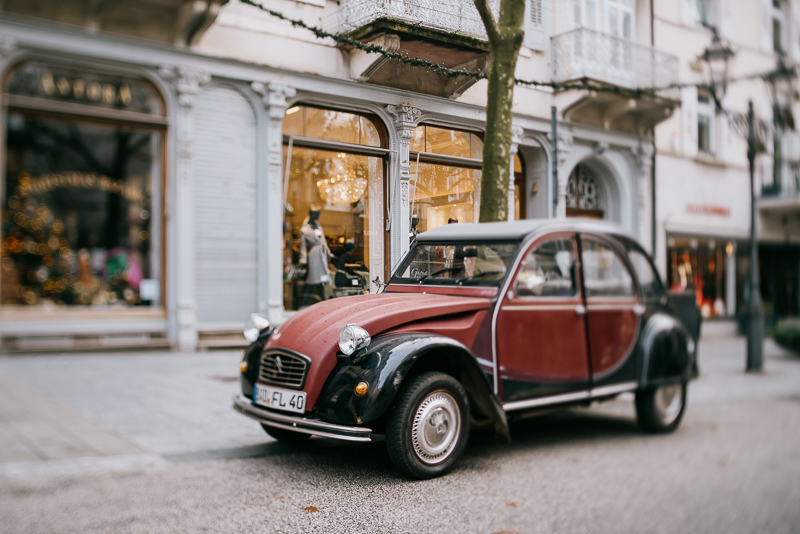
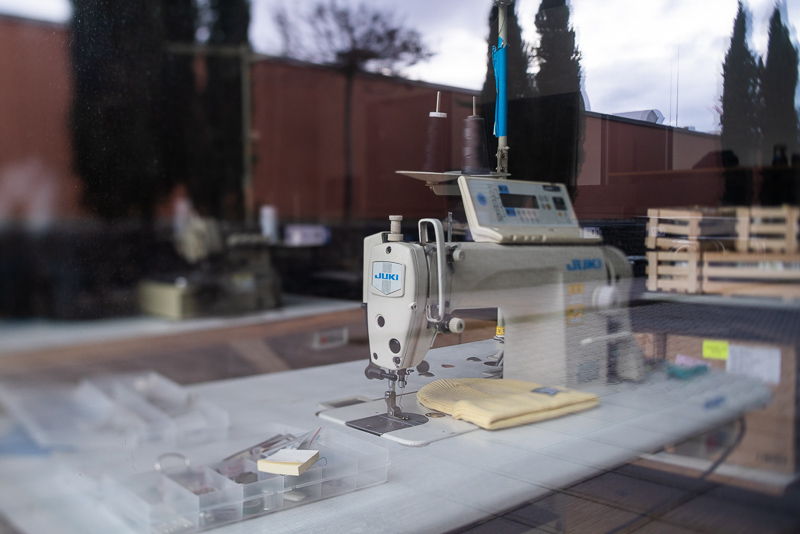
Most of the sample images in this review can be found in full resolution here.
Further Reading
- Sony FE lenses: Our comprehensive and independent guide
- All Lens Reviews
- Review: Sony FE 85mm 1.4 GM
- Review: Voigtlander VM 50mm 1.2 Nokton
Support Us
Did you find this article useful or just liked reading it? Treat us to a coffee!
![]()
![]()
![]() via Paypal
via Paypal
This site contains affiliate links. If you make a purchase using any of the links marked as affiliate links, I may receive a small commission at no additional cost to you. This helps support the creation of future content.
Latest posts by BastianK (see all)
- Review: Nikon Nikkor 105mm 1.8 Ai-s - December 28, 2025
- 2025 – Year in Review - December 23, 2025
- Review: Sony FE 70-200mm 4.0 G Macro OSS II - December 20, 2025
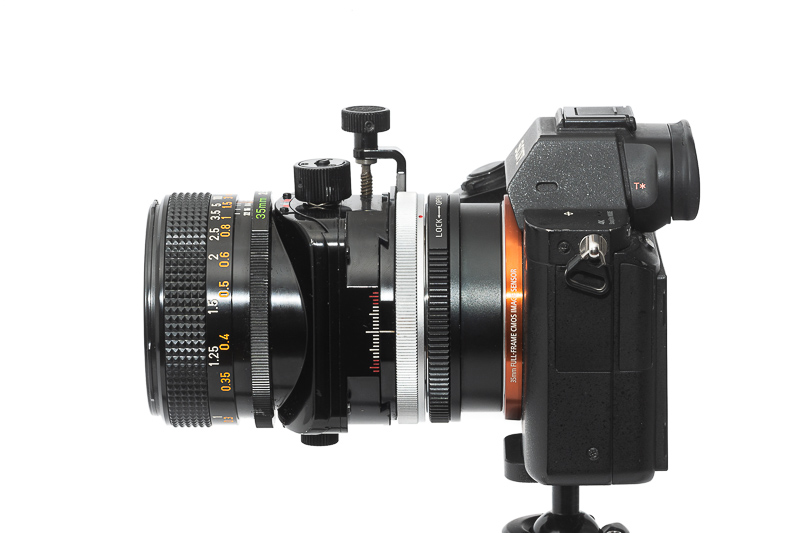
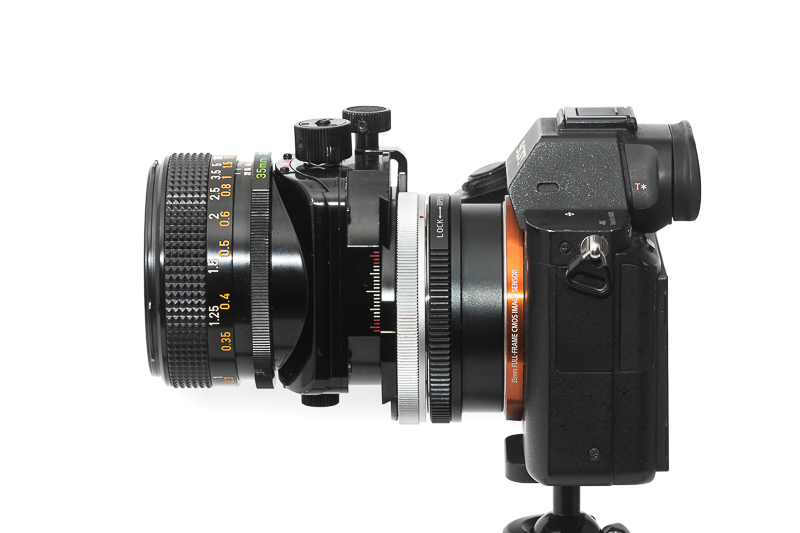
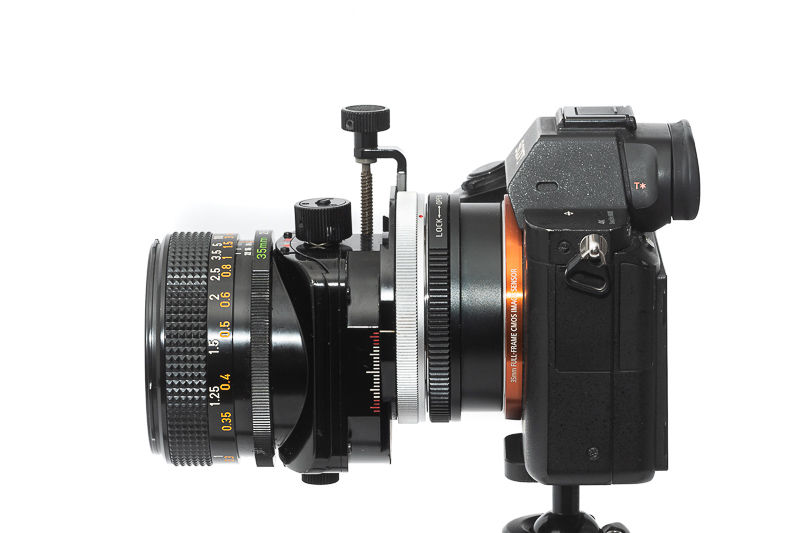
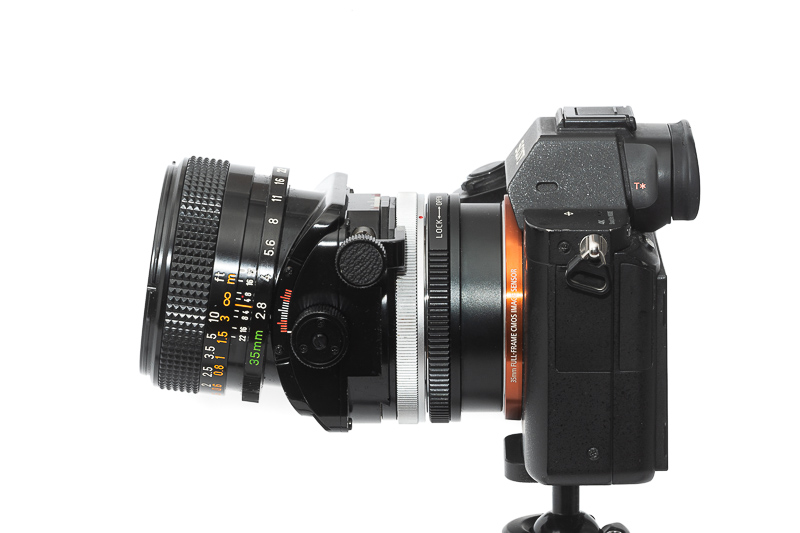
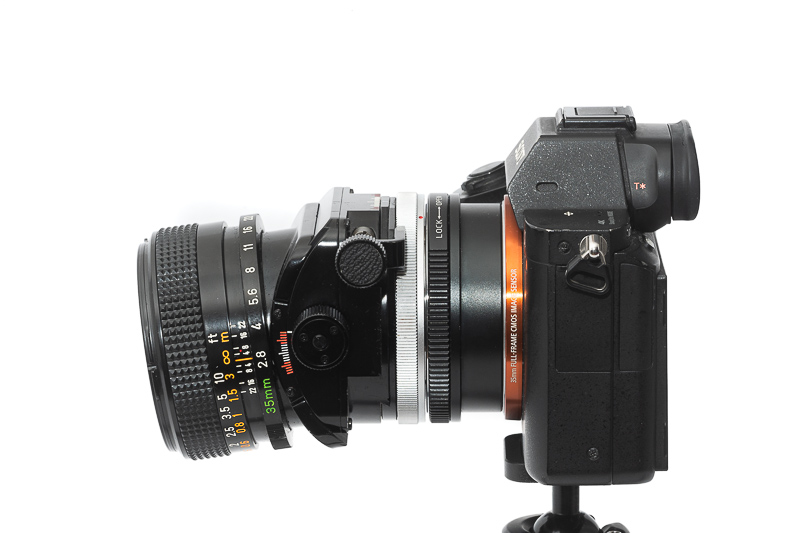






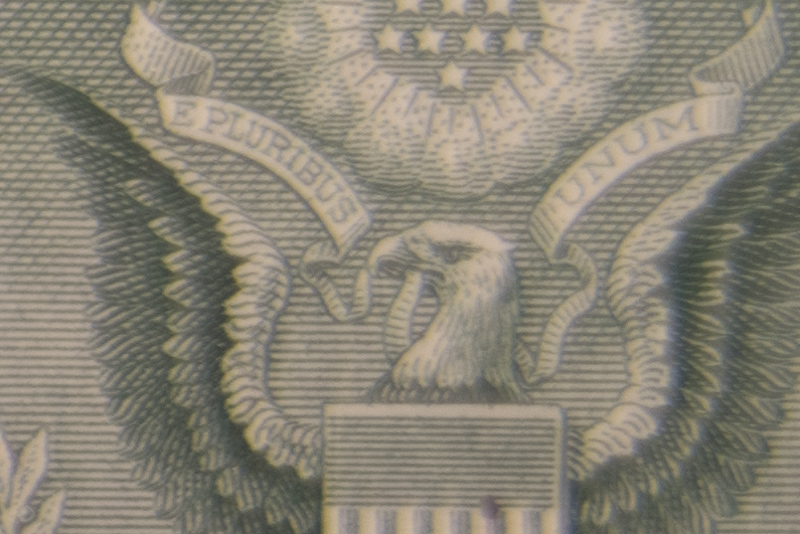
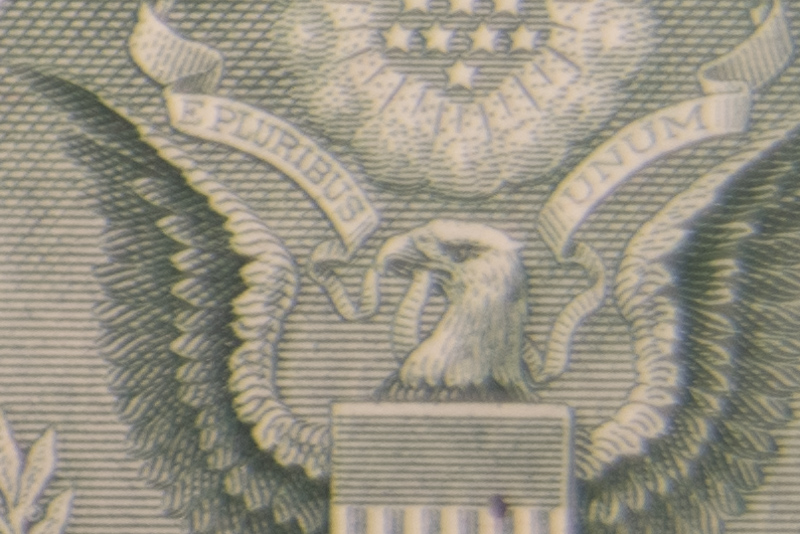
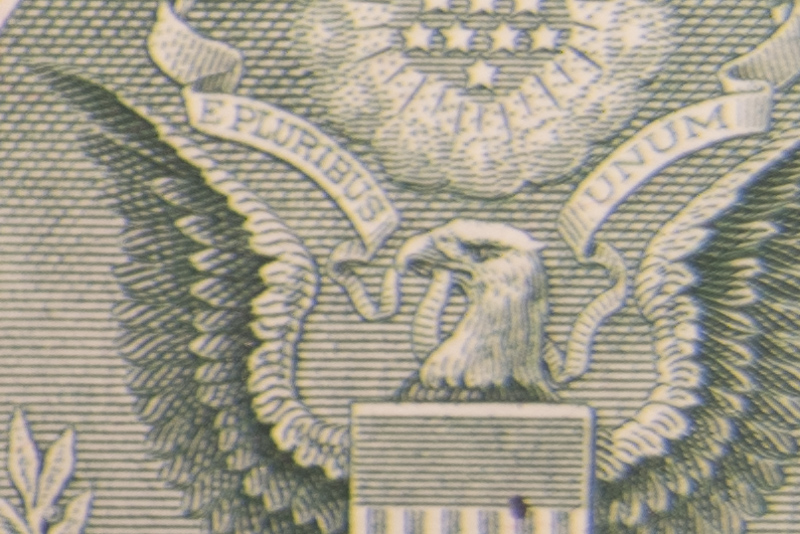
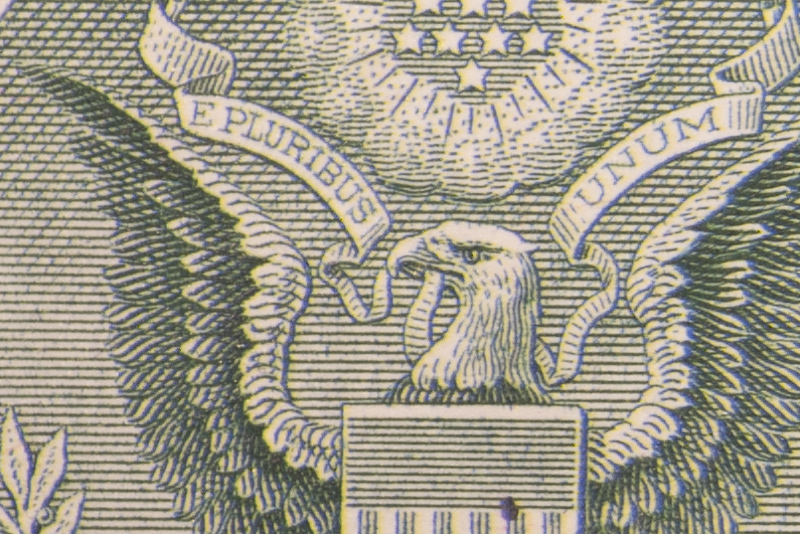
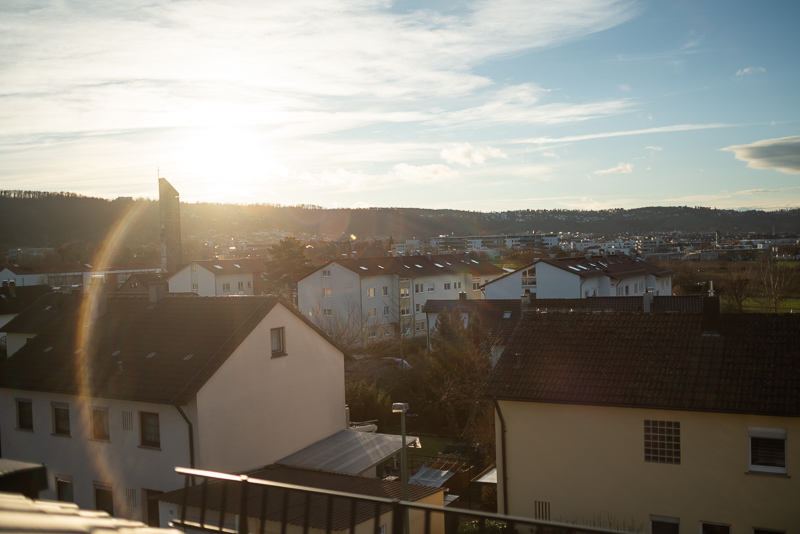

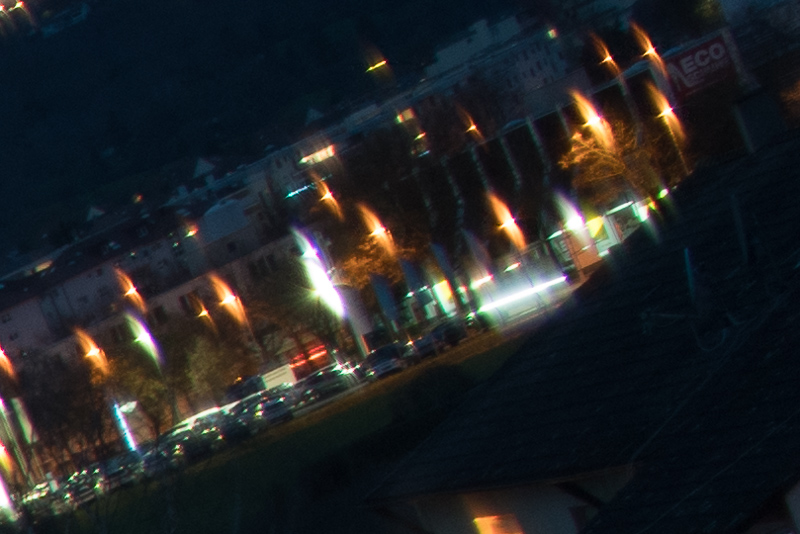
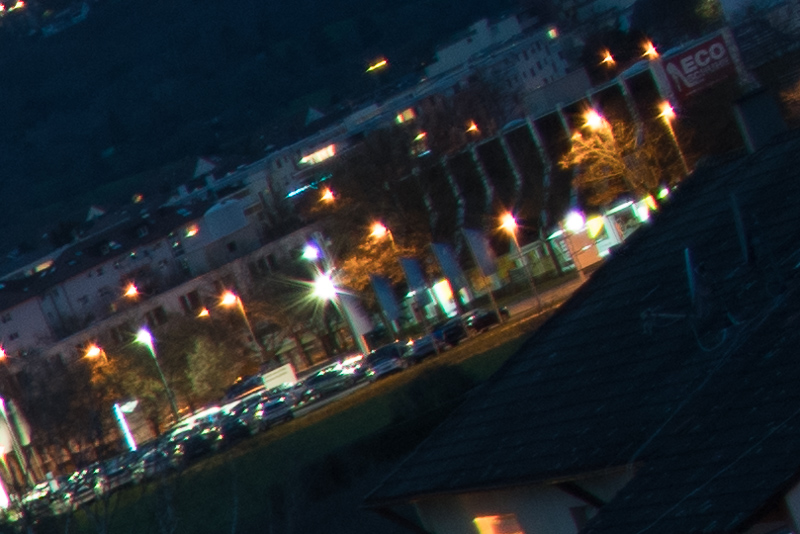
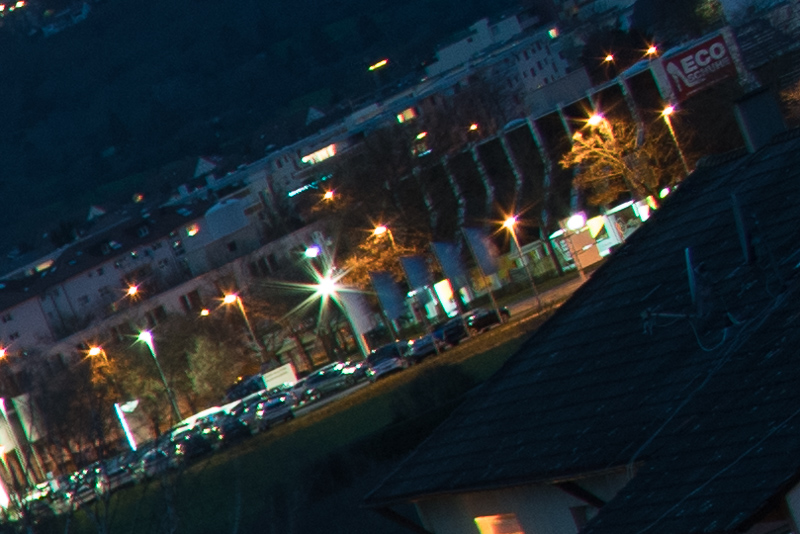
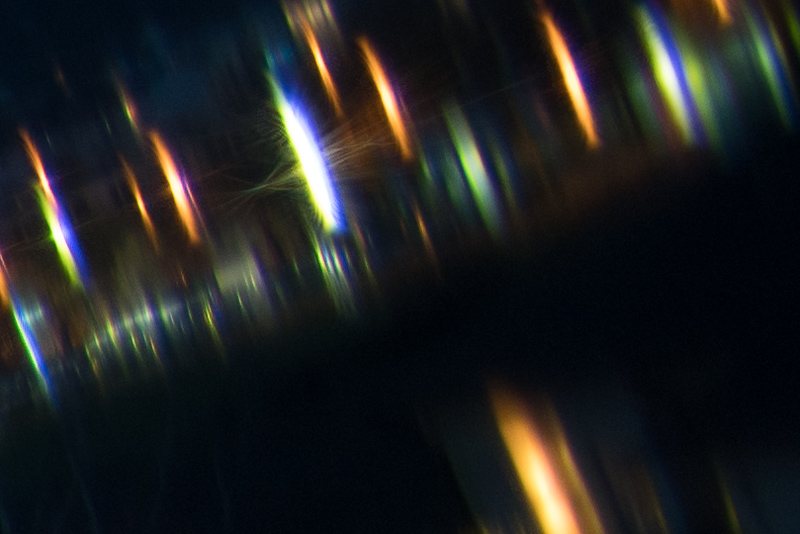


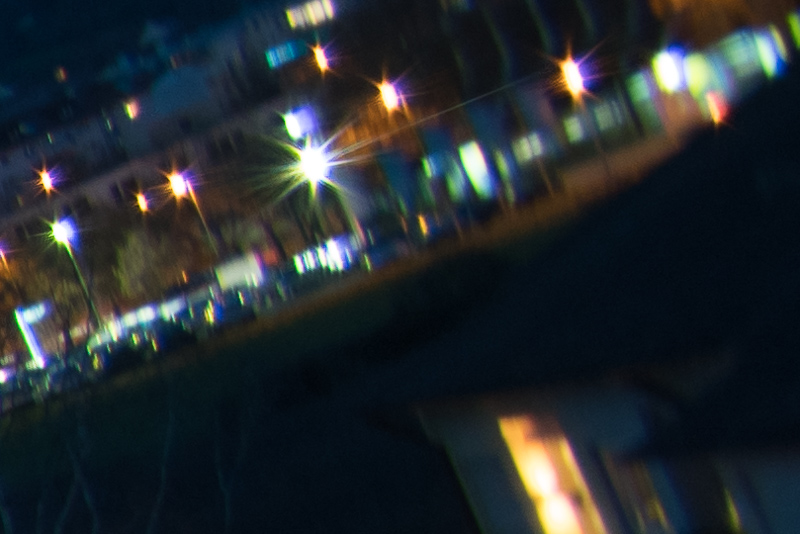


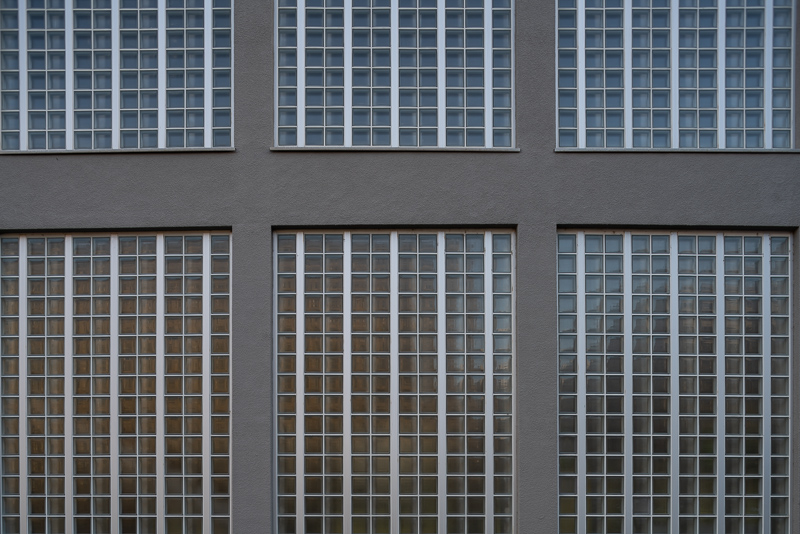
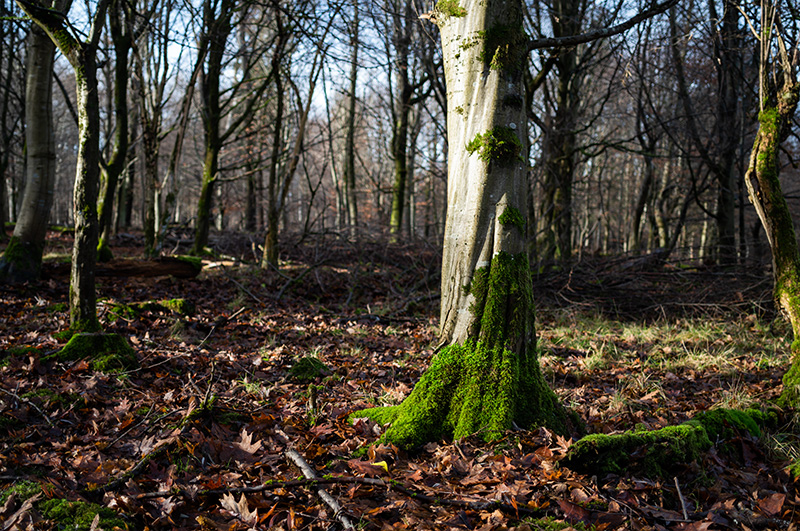
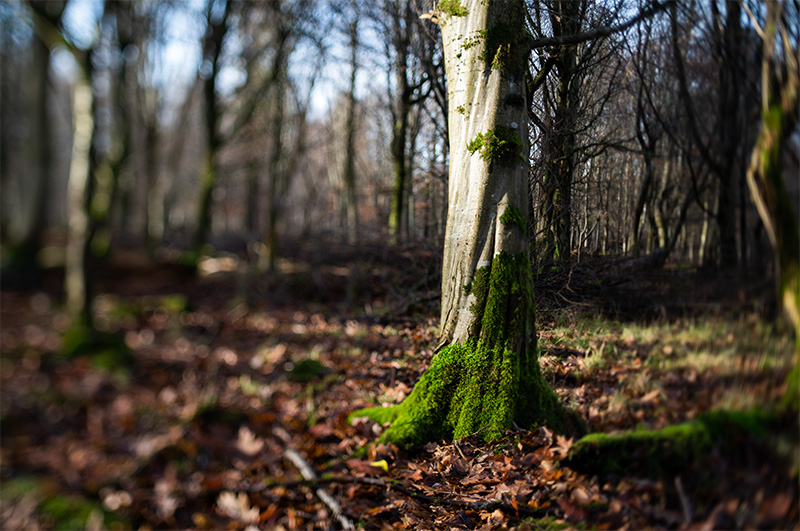
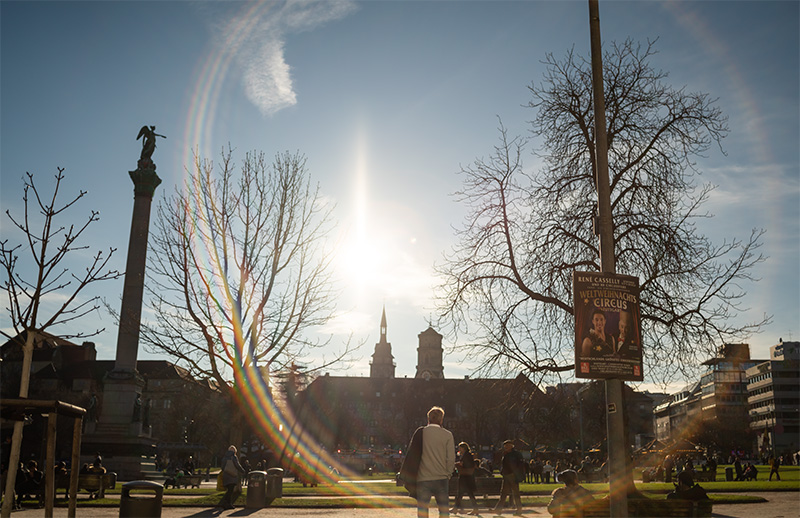

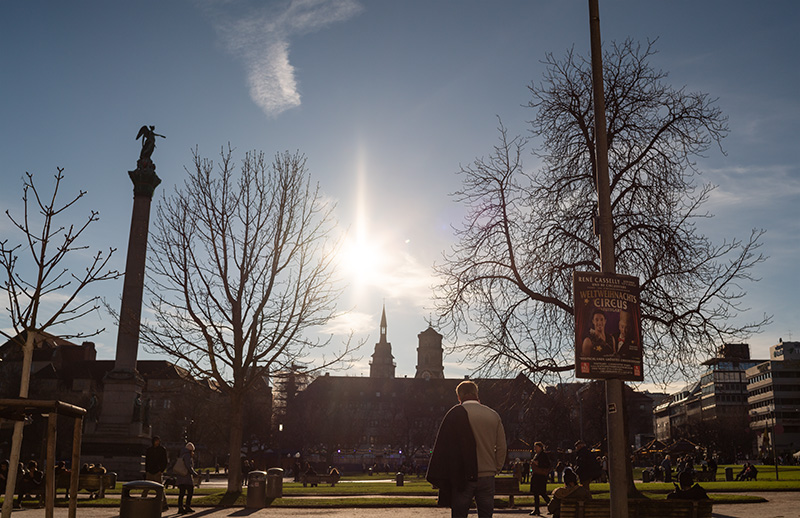
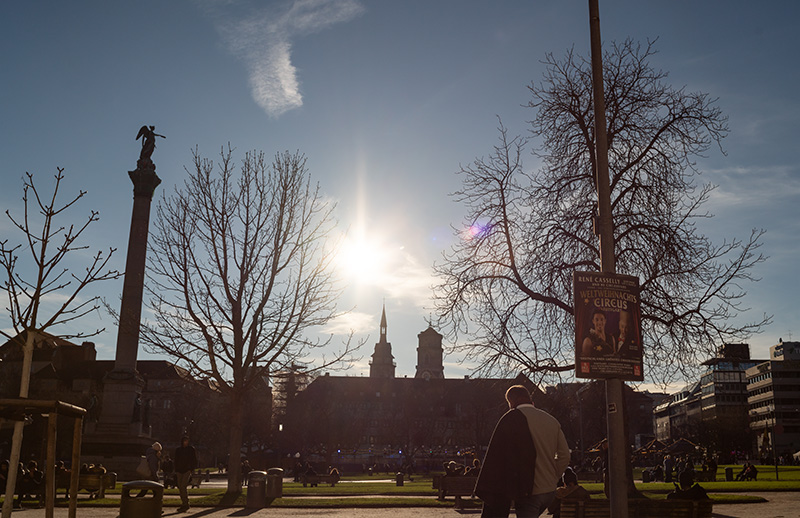
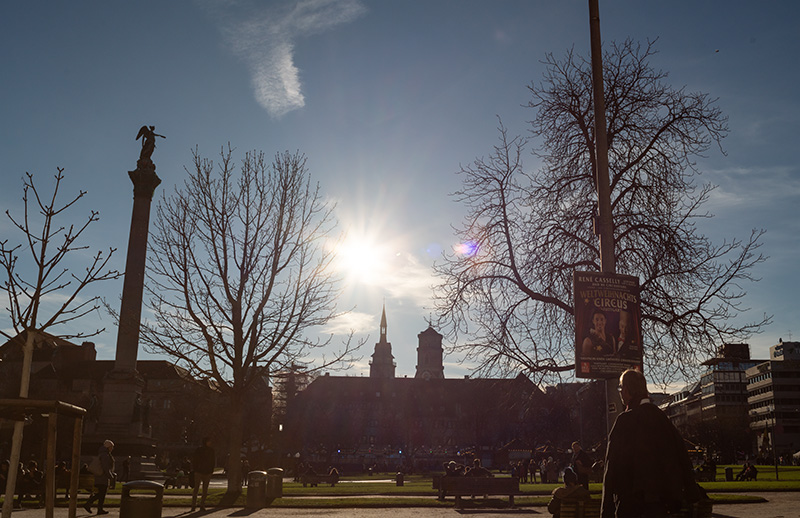

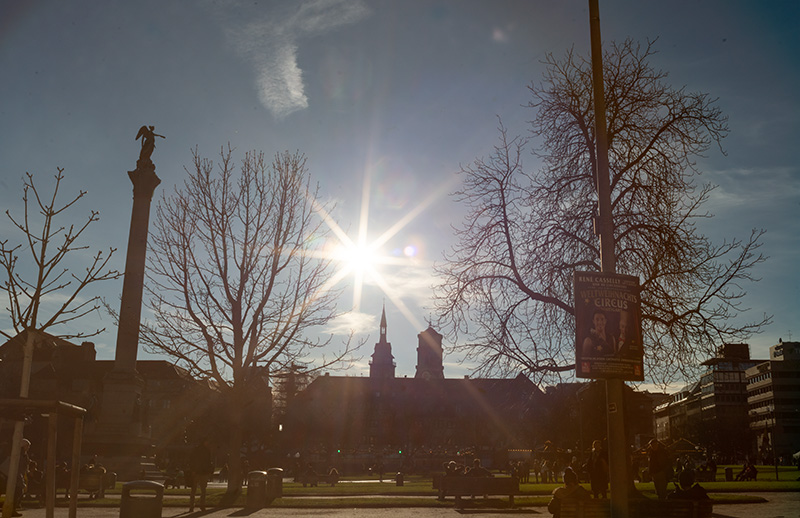
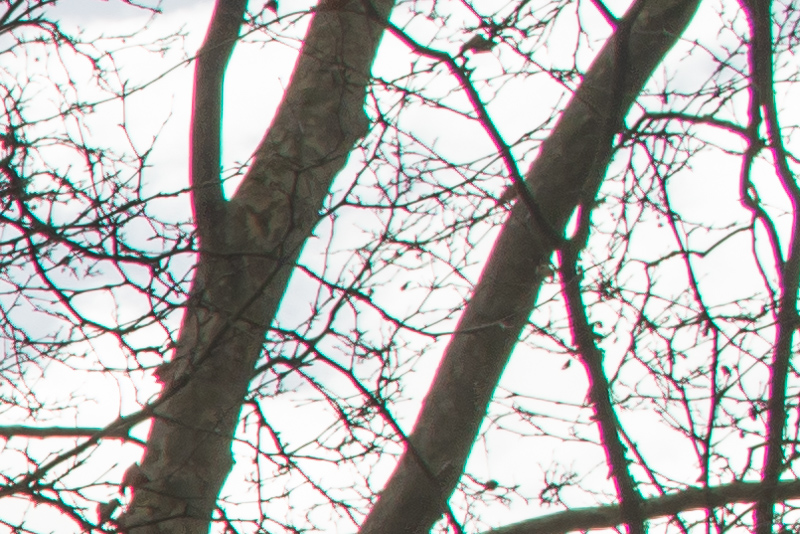
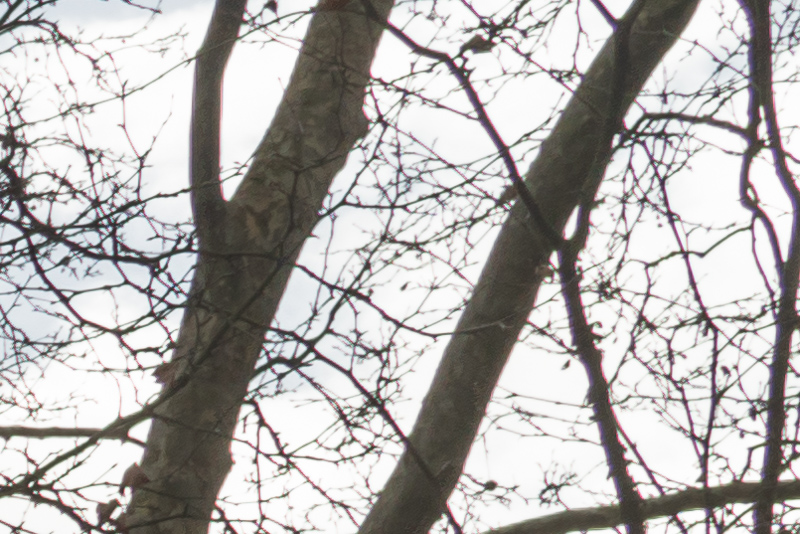

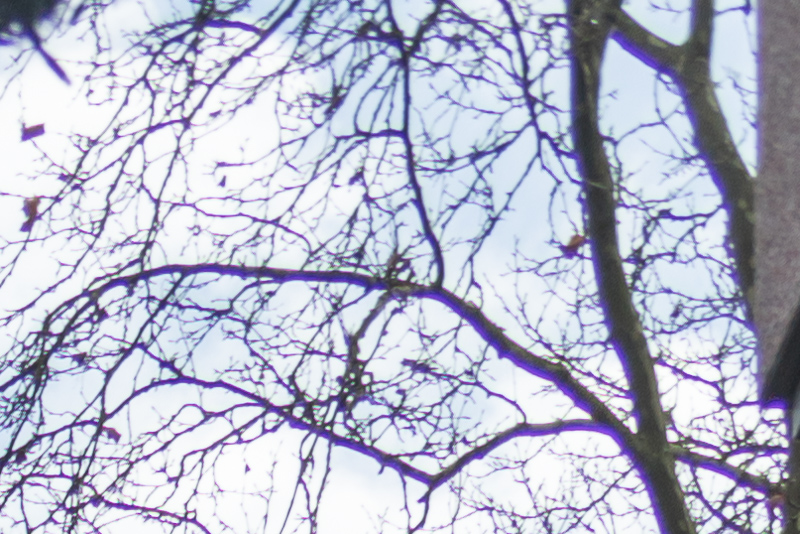
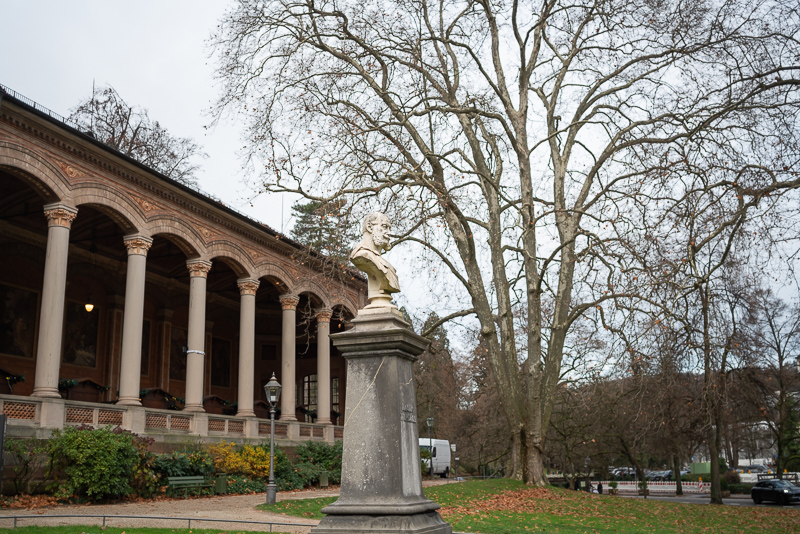
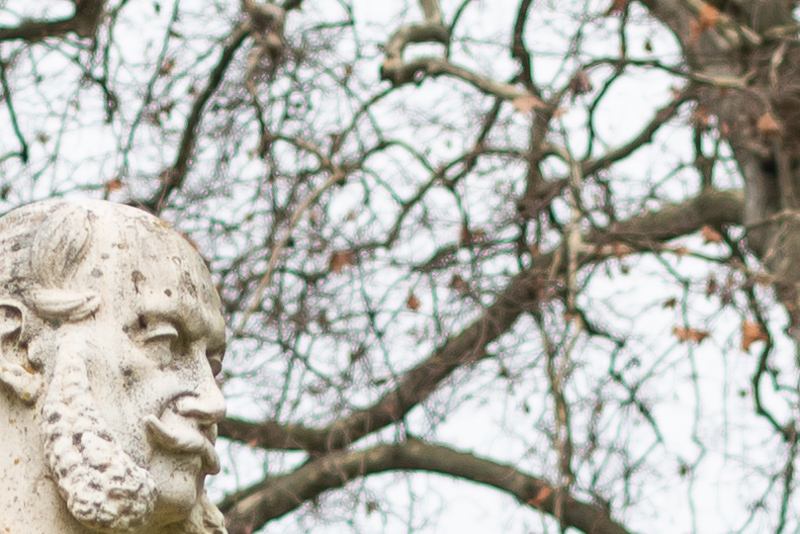
The nice, even center and mid-frame results that show up in the Sharpness section are an object lesson in why so many of us love using older lenses on our APS-C cameras.
Canon was coming on strong in the 70s against Pentax, Nikon and Leica, and this lens is one of the reasons why.
Thanks for all the great reviews. The coverage of the lenses is always interesting, and the accompanying pictures just go to prove that the most important part of the mix is the talent of the photographer.
Nice review as always.
I’m wondering why in sun star section. At f16 and f22 have so much different contrast than other shots?
Thanks.
Seems there are some additional issues with veiling flare when the lens is stopped down to f/16-22 in some situations.
Perhaps the aperture blades reflect some light onto the glass, and more you stop down, bigger the reflective surface. I couldn’t know about this lens, but it happens with some, especially when the blades are not darkened. Some Soviet lenses for example are really prone to this.
I just picked a Canon 1.4 TC to use with my 24mm TSE.
I’m hoping that this gets me to 35mm with acceptable IQ.
Hey Paolo,
this old FD 35mm/2.8 TS still finds its way into my bag from time to time for occasional shots — thanks to its small dimensions and comparably low weight combined with acceptable image quality. It also was my first T/S lens I bought lucky for a bit less than 400 € — so maybe I’m a bit nostalgic, too.
On the other hand I’d pick my TS-E 24mm F3.5L Mk II on the 1.4x TC for more serious T/S work. This combination works quite well. Even the TS-E 17mm F4L on a 2x TC is an option for those who opted for the wider TS-E. The 24mm MkII on the 1.4x TC will be the better option in terms of image quality, though (I tested both combinations).
A downside of using the wider TS-Es on TCs will be the smaller maximum aperture compared to the FD TS — the old lens will still be the better option for shallow DOF work (where overall sharpness and image quality might be less important), whereas the more modern options will be best for architectural shots or similar applications.
When taking longer focal lengths into account, I’d probably pick my TS-E 50mm F2.8L Macro instead. A very impressive lens of astounding sharpness across the frame which is still capable of delivering a shallow DOF thanks to its F2.8 aperture.
Greetings
Olaf
P.S. — concerning sunstars of the FD TS:
when taking shots of cityscapes at night you’ll get better sunstars than in bright daylight. Sunstars of the actual sun are not one of the lenses strengths, though — as Bastian already pointed out.
The results with the EOS 5Ds R I and the TS-E 45 weren’t satifsying. For my profession as photographer for architecture I bought the Hartblei 40 and there’s nothing to complain about this Lens. It’s an awful great lens in any respect! Compared to the TS-E 45 it’s an other galaxy. But it’s huge, awkward to use (compared to TS-E 17, 24 II, 50, …) and a heavy-load for the bag. Including a Novoflex-socket it weights 1.830 gr., that’s 260 gr. more than the EF 100-400 Mk2!
So for landscape photography I made a comparison (resolution and bookeh) to the EF 40 f/2,8 STM (130 gr.) and beyond f/5,6 there was no reason to carry around the Hartblei. But adapted with the Metabones IV to the A7R III I had some focusing issues, why I replaced it with the Sigma 35 DN.
The Hartblei is a specialist for best possible resolution in shifted areas up to the borders of image circle. And it is a great performer in bookeh as well! Combined with the tilt-function it is a not much well-known specialist for stills!
Thank you for this profound Review. As always I read this article with great pleasure. I lusted for this lens since the late seventies but sadly never had the chance to buy one for a reasonable price. Now there are other opportunities with digital cameras. But for my old A1 and T90 it is still a good option.
Very nice review, as always. I had this lens, but I also had the PC-Nikkor 35mm f/2.8 and preferred it, so I sold the Canon. The Nikkor doesn’t tilt, it only shifts, but for my architectural work tilting is not needed. The Nikkor lens (there are three versions, but all of them are very similar) is even smaller and lighter, so it’s perfect for travelling. It’s also a pretty old lens, with all the common drawbacks, but I like how it renders, and, moreover, distortion is much better controlled than in the Canon lens. I find 35mm a very pleasant, natural focal lens for architecture, but manufacturers may think a different thing…
I have a PC Nikkor 35mm as well, it’s a great lens for the money. Using it on a mirrorless camera there are plenty of cheap tilt adapters that will work with it since the image circle is large anyway. Very satisfactory results, once you figure out how to work with the tilt behind the shift instead of in front of it, and unlike a lot of tilt/shift lenses you can do both on the same axis if you’re not going to the extremes of the range.
Contax PC-Distagon with a tilt adapter works well on Sony cameras. Quality wise I prefer it to TSE 24 II +1.4x even though it doesn’t win in all categories.
I’ve the Olympus Shift mounted on a cheap Tilt adapter :
Here’s an old comparison @ 16:9
new : http://16-9.net/35mm-shift-lens-group-test
archive : https://web.archive.org/web/20120505040819/http://16-9.net/lens_tests/35mm_shift/35mm_test1.html
The Canon FD 35mm TS lens can be adjusted so the tilt and shift are not 90 degrees from each other. Canon offered this service but I would guess any competent repair shop can make the revision..
I used this lens a lot and the TS features do work great on small items close up.
Good review on a ground breaking and unique lens for decades that no one else could produce.